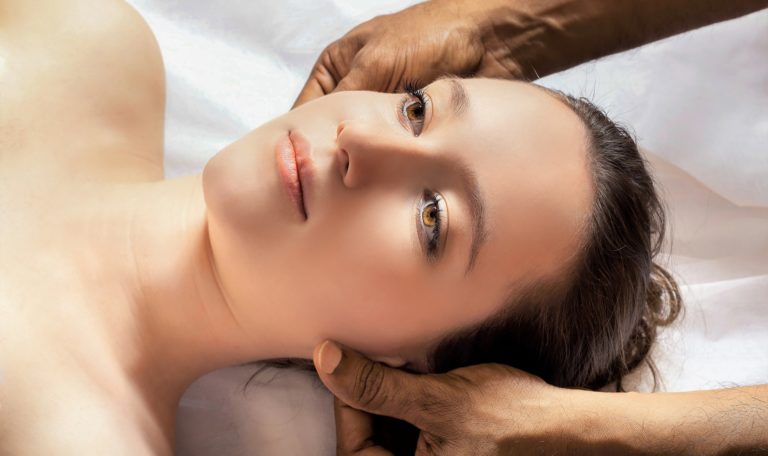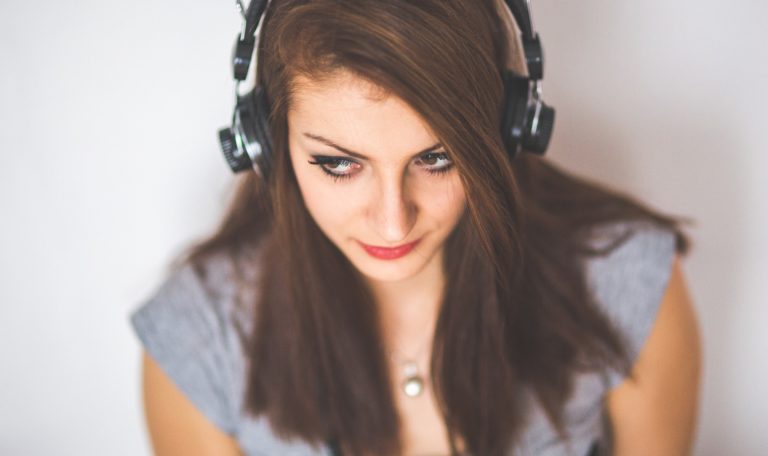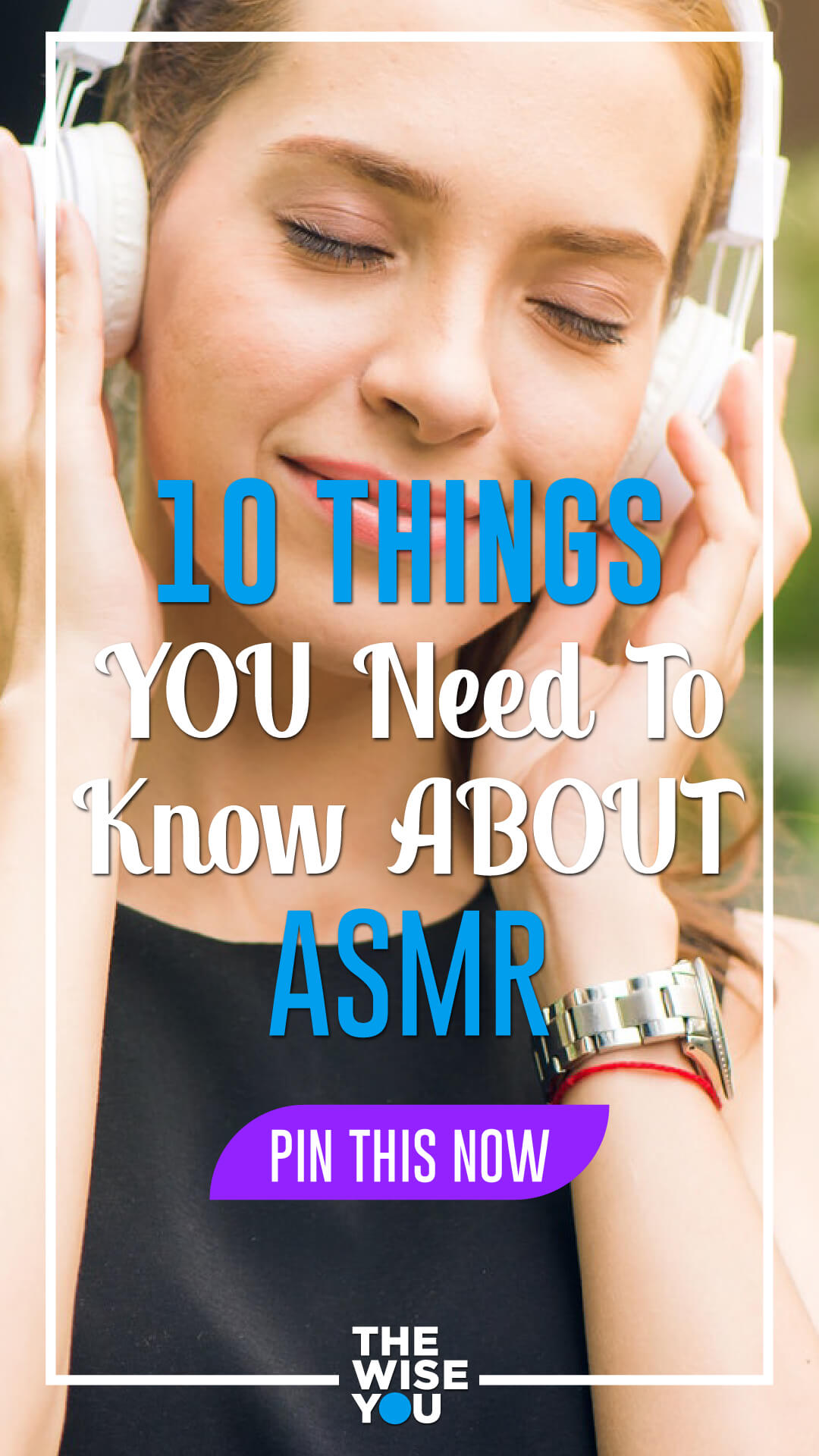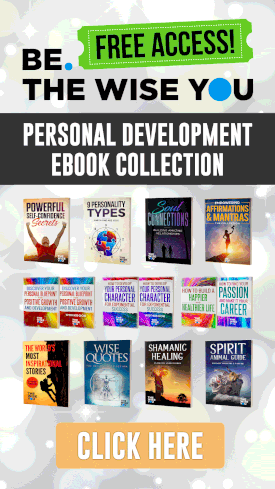You may have seen a reference to a certain term called ASMR online, or stumbled on some videos of ASMR on YouTube and wondered what this means and why it is gaining attention and trending. Keep calm as your curiosity ends here! These are ten pertinent facts about ASMR to keep you abreast of this fascinating phenomenon.
1. What is ASMR?
The autonomous sensory meridian response, known as ASMR, is a soothing, pleasurable feeling that often comes along with a tingling sensation. This tingle is said to originate in a person’s head and spread to the spine in response to stimulation. It describes a feeling of euphoric tingling and relaxation that can come over someone when he or she watches certain videos or hears certain sounds. Some of such sounds include whispers, white noise, lip-smacking, having a person’s complete attention as well as brushing, chewing, tapping, scratching, and crinkling. Other videos are of people doing incredibly simple, quiet, calming tasks, such as folding towels, brushing their hair, or flipping magazine pages.
2. How did ASMR start?
A woman, Jennifer Allen, came up with the word ASMR in 2010. She came across a group of people on a steadyhealth.com forum who described a sensation she had experienced, but which no one seemed to understand well. Since community organization was lacking on the forum, she went ahead to create an Autonomous Sensory Meridian Response Group on Facebook to bridge this gap. She believed the group name was able to emphasize the main features of what ASMR is all about. Her aim and objective were to create a community that would bring together people who have experienced this sensation. Soon after, a worldwide community began to take shape. The concept itself has existed before the term ASMR was coined. In 2007, a 21-year-old female user under the handle “okay whatever” created a thread titled “Weird Sensation Feels Good” on steadyhealth.com, where Jennifer Allen first came across others describing ASMR.
3. How does ASMR work?
It starts with the feeling of a pleasant, ticklish, shiver coursing through your body. It is often concentrated more on the back of your neck and around the shoulders as a response to certain auditory, visual, or physical triggers. The ASMR community refers to this sensation as “tingles.” It feels similar to a scratching sensation that occurs when you get to scratch the exact spot that itches. ASMR is a similar but more prolonged feeling. It is euphoric, relaxing, and affects people sensitive to it in myriads of pleasurable ways. How ASMR works differs from person to person; some people do not feel it or get it at all, while others do. ASMR induces total euphoria—so much so that the effect is often referred to as a brain orgasm.
4. What kinds of sounds/triggers work?
Sounds that trigger ASMR are always low volume and are usually steady and rhythmic. These sounds can induce relaxation, especially when incorporated with personal attention and caring behaviors. Some people enjoy listening to a softly spoken or whispering voice, which can be listening to a quiet, repetitive sound from the easiest normal things like turning the pages of a book to preparing food, eating a meal, drinking, tapping, stirring a bowl of soup, or crinkling wrapping paper. The list is infinite and varies depending on sensations. Others enjoy role-playing in which someone gives close personal attention and whispers such as when having their hair cut, nails painted, ears cleaned, or back massaged, while the person in the video speaks quietly to the person watching as if he/she were there. Some others are activated by more intricate role-playing, which can vary from someone acting like a doctor to a patient or as a teacher to a student. Some role-plays also incorporate fantasy or science-fiction elements in a way that allows “escape” for the viewers. Some media houses have also incorporated ASMR as the means to conduct interviews with celebrities, which has had significantly positive effects on viewers.
5. Why do some people feel ASMR more than others?
ASMR is not associated with everyone, and it can be tough to imagine the sensation if you do not experience it firsthand. However, there is no scientific reason why some feel the tingles and others do not. This is major because there is not much science on it at all. It could be that it is down to the way individuals’ brains are wired or a stronger neural connection between auditory and emotional areas. It could also be potentially some personality parameters which are inherent to specific persons. If you have never gotten the tingles before, it does not mean you are completely insensitive to ASMR; it may just mean that you are less sensitive to it. The ASMR Research & Support organization is trying to kickstart scientific research on the phenomenon, and it puts sensation seekers into two categories: Type A and Type B. Type A are relaxed by their thoughts, like meditation. The more common Type B relies on something external to stimulate their euphoria, like listening to a pen scratch paper or a whispering voice. Type B is so common that ASMR is sometimes called whisper therapy.
6. Why do people watch ASMR videos?
People watch these videos to look for a way to relieve anxiety, depression, or insomnia. Listening to gentle whispers, tapping sounds, and hand movements can induce what has been called a brain orgasm. Many people have reported feeling good after listening to ASMR triggers, which generally involve soft whispering or shushing noises and have felt calmer and relaxed afterward with lower heart rates.
7. Health benefits of ASMR
ASMR has both psychological and physical health benefits. Psychological reports have shown that people use ASMR videos to help with stress, depression, loneliness, and social anxiety. It helps people feel calmer, less stressed, and less sad. It even tangibly lowers their heart rates, proving that ASMR may have very real, therapeutic value. Meanwhile, others report the sounds can help temporarily alleviate symptoms of depression and chronic pain for those who are turned on by the tingles. Also, personal reports have claimed that ASMR videos have helped them with a wide range of serious mental health issues from post-traumatic stress disorder to depression and anxiety. And though there is no hard data to back these stories up, it seems like more and more individuals are using ASMR as part of mental self-care.
8. Is ASMR sexual?
The answer is no. When you get to experience ASMR, the sensation is all physical and gives this feeling of euphoria that sends quivers down your spine. While it might be suggestive of a sexual experience due to the sensations people get from it, the reactions in the nervous system that trigger the pleasurable response are completely different and non-sexual. The word “meridian” in the ASMR abbreviation was chosen over “orgasm” so as not to mix it up with a sexual sense. ASMR is connected with deep, almost meditative relaxation. It should slow your heart rate rather than have it racing as if you were watching porn or having sex.
9. What is the future of ASMR?
Since ASMR is not an experience privy to all, it will likely remain a subject for a subset of people on the Internet, although some technological improvements that can significantly advance ASMR have been set in motion. The simulated reality of what ASMR is about gets people excited since it could bring a whole new level of dimension to the experience, and give them options to choose from. Feedback from firefighters, soldiers, pilots, lawyers, single mothers, and suicidal teenagers who have watched ASMR videos and said it changed their attitude and mood for just a few minutes has been a positive for ASMR video makers and a source of inspiration to continue and to improve.
10. How can I try ASMR?
Thanks to the Internet, YouTube boasts of almost 15 million ASMR videos of people whispering, tapping, scratching, even role-playing situations. The main core of the emergence of ASMR has been YouTube. This is due to the emergence of a category of video entertainment, and it continues to be the primary home of the most popular ASMR channels. Try out a few of the most popular ASMR channels on YouTube. Each of these channels covers a range of triggers. Some videos last upwards of 30 minutes. Also, ASMR podcasts can help people fall asleep since it is just sound without a bright TV or phone screen. If you are a Spotify user, you can cue up anything from the ASMR genre. However, Twitch.TV and Instagram have grown to become even more popular platforms for ASMR videos and streams too. And for the avid watchers and listeners, a new app called Tingles is quickly gaining popularity as an ASMR-focused platform; it offers viewers a whole bunch of customized options like background watching and sleeps timers, so your device is not running forever if you fall asleep. The benefit that comes from a little whispering and quiet time to engage in ASMR can be enjoyed by everyone. The truth and sensation are in the tingles.


